If you’re planning a trip to Singapore, you won’t want to miss the Changi Chapel and Museum. This exciting attraction is a must-see for anyone interested in the history of Singapore during World War II. The museum tells the story of the prisoners of war and civilians interned in Changi prison camp during the Japanese Occupation.
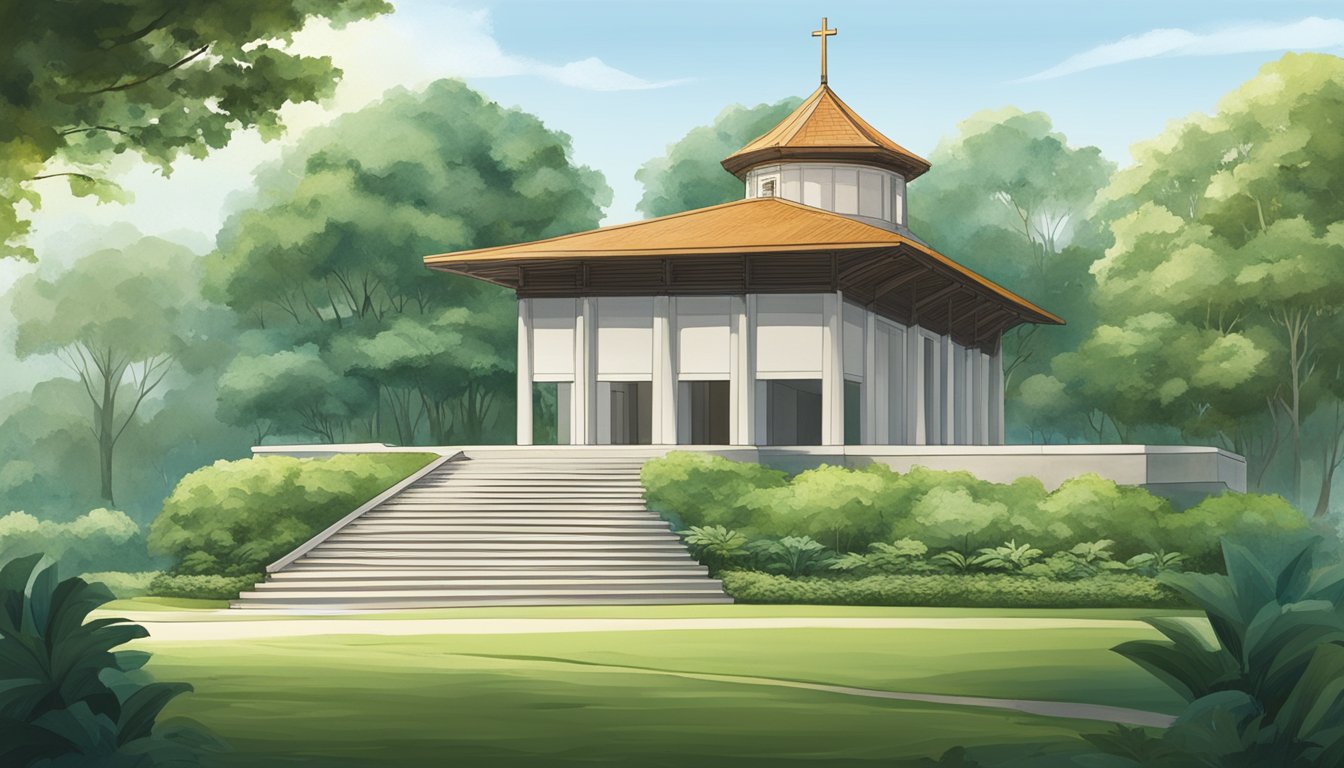
Managed by the National Museum of Singapore, the Changi Chapel and Museum was revamped and reopened in May 2021, featuring new content and artefacts. The museum is a National Heritage Board institution and offers visitors a unique opportunity to learn about the history of Singapore during the war. The museum is located in the Changi area of Singapore, which was a key site during the war and played a significant role in the events that occurred in Singapore from 1942 to 1945.
Visitors to the Changi Chapel and Museum can expect to see a variety of exhibits, including artefacts from the prison camp, personal accounts from survivors, and interactive displays that bring the history to life. The museum is a moving tribute to the prisoners of war and civilians who suffered during the war and a testament to the resilience of the human spirit. Whether you’re a history buff or simply looking for a unique and educational experience, the Changi Chapel and Museum is not to be missed.
1 Min Read
Short on time? Here’s a quick look at what Changi Chapel and Museum has to offer:
- History Buffs Rejoice! Dive deep into Singapore’s WWII past at this museum dedicated to prisoners of war and civilian internees held captive by the Japanese.
- Exhibits & Artefacts: Explore a collection of artefacts, personal accounts, and interactive displays showcasing the prisoners’ experiences.
- A Touching Tribute: Pay homage to the resilience of the human spirit through stories of courage and hardship endured by the internees.
- More Than History: Witness the replica of the Changi Chapel, a symbol of hope built by prisoners themselves.
- Plan Your Visit:
- Free entry for Singapore citizens and permanent residents.
- Open daily from 9:30 am to 5:30 pm.
- Easily accessible by taxi, car, or public bus.
- Allocate 1-2 hours for your visit.
Don’t miss this chance to learn about Singapore’s history and be inspired by the human spirit’s strength!
Historical Context of Changi Chapel and Museum
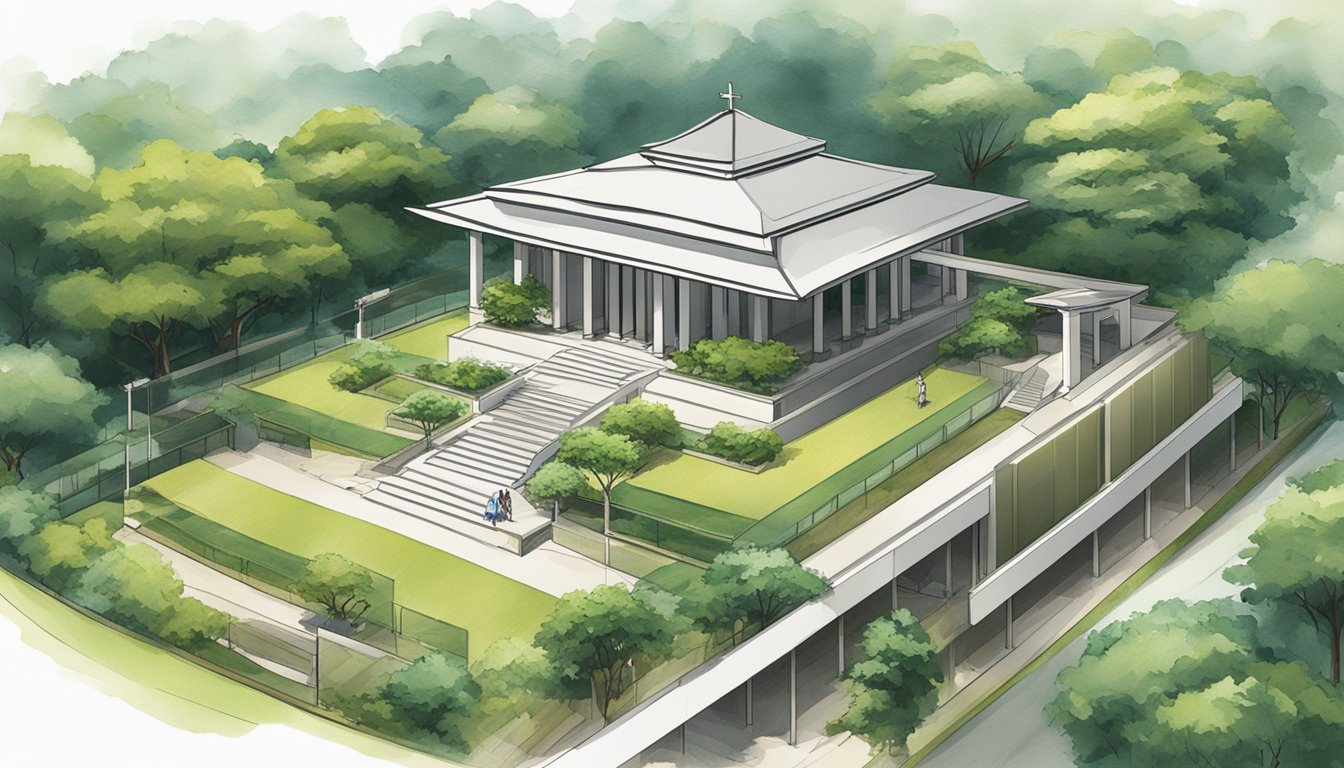
If you’re a history buff, you’ll be excited to visit the Changi Chapel and Museum during your trip to Singapore. This museum is a must-visit attraction that showcases the country’s rich history during World War II. Here’s a brief overview of the historical context behind Changi Chapel and Museum.
World War II and Changi Prison Camp
During World War II, the Japanese occupied Singapore and turned Changi into a prison camp for Allied prisoners of war and civilians interned. Thousands of people were held captive in the camp, enduring harsh living conditions and brutal treatment from their captors.
The Changi Chapel was built by the prisoners of war as a place of worship and hope during their internment. The original chapel was made from simple materials such as bamboo and attap, but it served as a symbol of resilience and faith for those who were imprisoned in Changi.
Japanese Occupation and Its Impact
The Japanese occupation of Singapore was a dark period in the country’s history. The occupation lasted from 1942 to 1945, and it had a profound impact on the people of Singapore. The Japanese enforced strict rules and punishments, and they committed many atrocities against the local population.
The Changi Chapel and Museum serves as a reminder of the hardships endured by those who were imprisoned during the war. It also pays tribute to the resilience and courage of the prisoners of war and civilians interned who managed to survive their captivity.
Visiting the Changi Chapel and Museum is a humbling experience that will give you a deeper appreciation of Singapore’s history and the sacrifices made by those who fought for their country’s freedom.
Exploring Changi Chapel and Museum
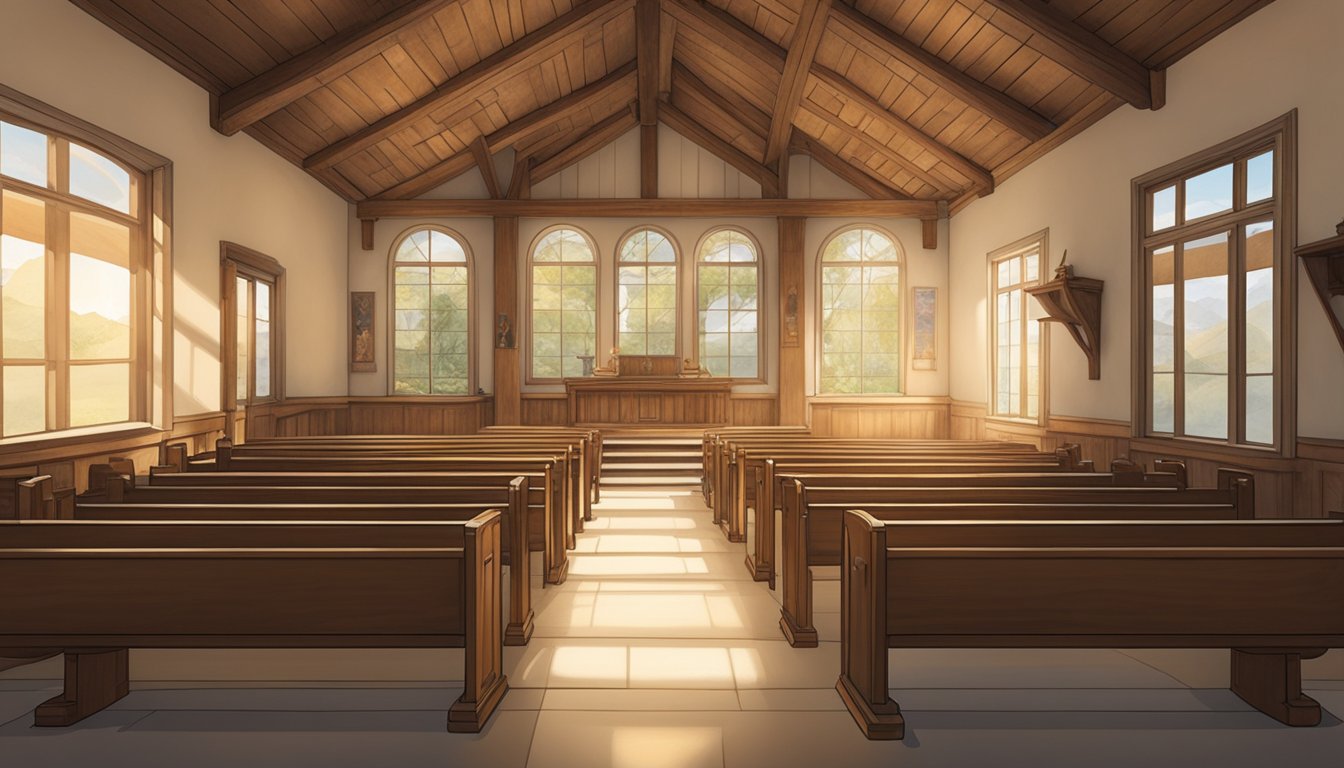
If you’re looking for a unique and exciting attraction in Singapore, Changi Chapel and Museum is a must-visit. This museum is dedicated to the memory of the thousands of prisoners of war and civilian internees who were held captive by the Japanese during World War II.
Exhibits and Artefacts
One of the highlights of the museum is the collection of exhibits and artefacts that tell the story of the prisoners of war and civilian internees. You’ll find everything from photographs and letters to clothing and personal items that were used by the prisoners during their captivity. These artefacts provide a fascinating insight into the daily lives of the prisoners and the conditions they endured.
Personal Stories of Courage and Resilience
Another highlight of the museum is the personal stories of courage and resilience that are shared throughout the exhibits. One such story is that of Sergeant John Ritchie Johnston, who kept a diary during his captivity. His diary entries provide a harrowing account of the conditions he and his fellow prisoners endured, but also show the resilience and courage that he and others displayed during their captivity.
Reflection and Remembrance

When visiting the Changi Chapel and Museum, you’ll find that it’s not just a place to learn about history, but also a place for reflection and remembrance. The museum offers a sombre reminder of the hardships faced by the internees during World War II.
Memorialising the Internees
The Changi Chapel and Museum is a tribute to the internees who were held captive during the Japanese Occupation of Singapore. The museum’s exhibits showcase the lives of the internees, their daily struggles and the conditions they endured. The museum also houses a replica of the Changi Chapel, which was built by the prisoners of war as a place of worship and solace.
Reflections of Bukit Chandu and Former Ford Factory
The museum also offers a reflection on the events that took place at Bukit Chandu and the former Ford Factory. At Bukit Chandu, you can learn about the heroic stand of the Malay Regiment against the Japanese during the Battle of Pasir Panjang. The former Ford Factory, on the other hand, was the site of the largest civilian massacre in Singapore during the war.
Visiting the Changi Chapel and Museum is an emotional experience that leaves a lasting impact. It’s a place of remembrance that honours the memory of those who suffered during the war.
Don’t Miss This! Revamped Changi Chapel & Museum Offers New Exhibits
History buffs, rejoice! The Changi Chapel and Museum has undergone a makeover, featuring new content and artefacts for an even more immersive experience. Explore the stories of prisoners of war and civilians through interactive displays and a replica of the iconic Changi Murals. This museum is a must-visit for anyone wanting a deeper understanding of Singapore’s WWII history.
Visitor Information
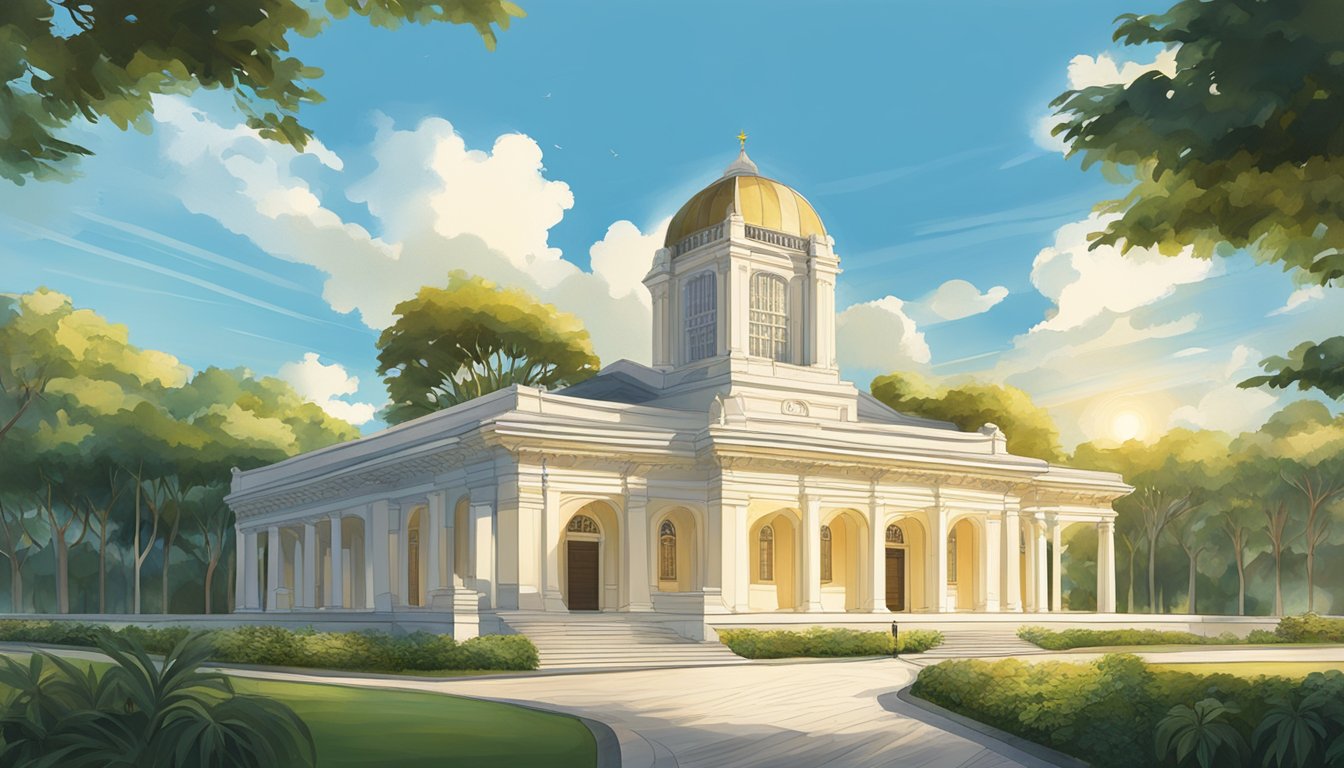
If you’re planning a visit to Changi Chapel and Museum, there are a few important things you need to know. Here’s what you need to know before you go.
Admission for Singapore Citizens and Permanent Residents
If you’re a Singapore citizen or permanent resident, admission to the Changi Chapel and Museum is free. You will need to show your identification card or passport as proof of your citizenship or residency.
Facilities and Accessibility
The Changi Chapel and Museum is fully accessible to wheelchair users and those with disabilities. There are lifts, ramps, and accessible toilets available.
The museum also provides audio guides for visitors who are visually impaired or hard of hearing. The audio guides are available in English and Mandarin, and are free of charge.
There is also a gift shop on site where you can purchase souvenirs and books related to the museum. The gift shop is open daily from 9:30am to 5:00pm.
If you need to take a break during your visit, there is a café on site where you can grab a drink or a snack. The café is open daily from 9:30am to 4:30pm.
Changi Chapel and Museum Redevelopment

You’ll be excited to know that the Changi Chapel and Museum is undergoing redevelopment to improve the visitor experience. The redevelopment project is a joint effort between the National Museum of Singapore and the National Heritage Board.
The goal of the redevelopment is to enhance the museum’s displays and exhibits, making them more interactive and engaging. This will allow visitors to have a more immersive experience and gain a deeper understanding of the history of Changi during World War II.
One of the key features of the redevelopment is the addition of new exhibits, including a replica of the Changi Murals. These murals were painted by a group of prisoners of war during their internment at Changi Prison, and they provide a unique insight into life in the prison during the war.
In addition to the new exhibits, the museum is also undergoing a renovation to improve its facilities. This includes the addition of a new café and gift shop, as well as upgrades to the museum’s audio-visual equipment.
Engaging with the Legacy

If you’re interested in learning more about the history and culture of Singapore, the Changi Chapel and Museum (CCM) is a must-visit attraction. This museum is dedicated to the memory of those who lived and died during the Japanese Occupation of Singapore in World War II. The museum is located on the site of the former Changi Prison, which was used to house Allied prisoners of war during the war.
Educational Programmes and Activities
The CCM offers a range of educational programmes and activities designed to engage visitors of all ages. These programmes include guided tours, talks, and workshops that cover a range of topics related to the Japanese Occupation and the experiences of those who lived through it. The museum also offers a range of resources for educators, including lesson plans and educational materials that can be used in the classroom.
Peranakan Culture and Heritage
In addition to its focus on the Japanese Occupation, the CCM also features exhibits on Peranakan culture and heritage. The Peranakan are a unique cultural group in Singapore with a rich history and heritage. The museum’s exhibits on Peranakan culture and heritage include artefacts and displays that showcase the unique traditions, customs, and practices of this fascinating cultural group.
The CCM is also home to a unique collection of Kodak Baby Brownie cameras, which were used by prisoners of war to document their experiences during the Japanese Occupation. These cameras provide a unique insight into the lives of those who lived through this tumultuous period in Singapore’s history.
The Role of Changi Chapel and Museum Today
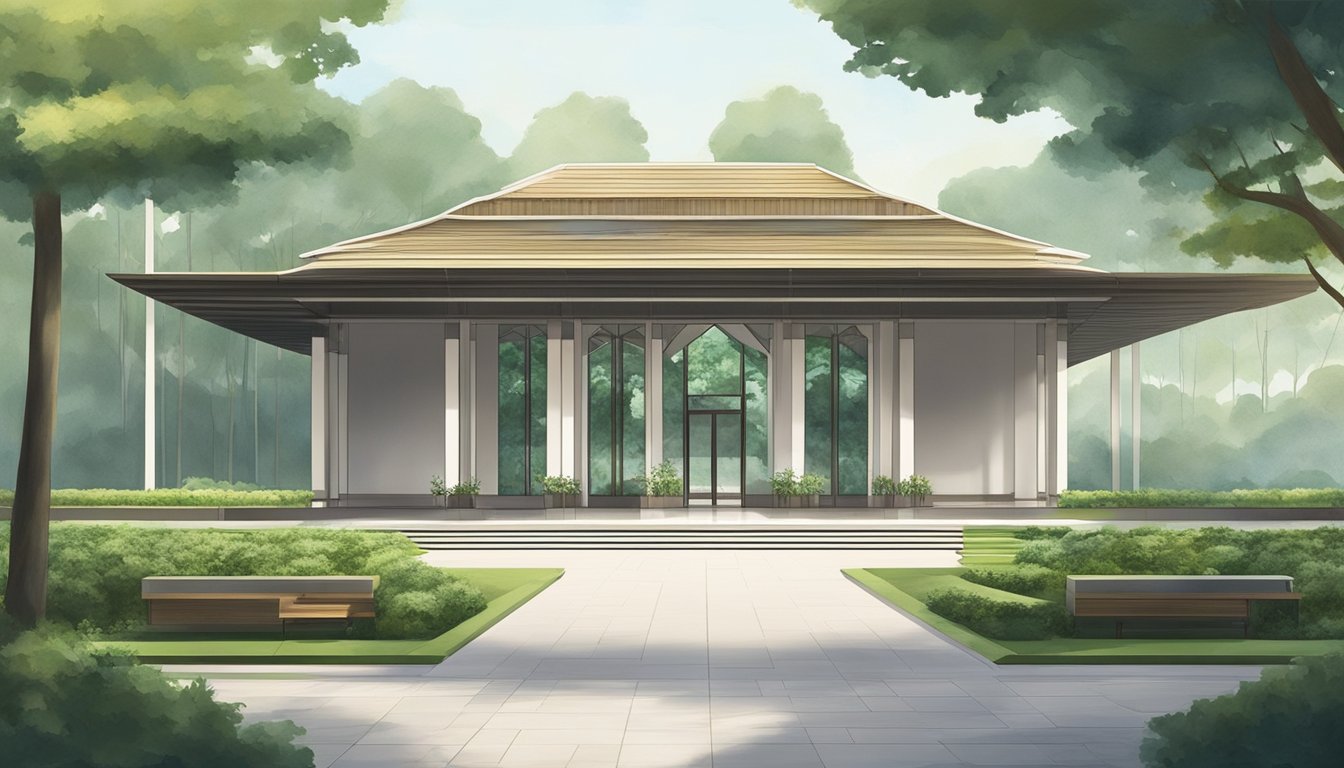
If you’re looking for an exciting attraction that showcases the courage and resilience of the people of Singapore, then Changi Chapel and Museum is a must-visit destination. This museum tells the story of the prisoners of war who were held captive by the Japanese during World War II. The museum is located at the site of the Changi Prison, which was used as a POW camp during the war.
Today, Changi Chapel and Museum serves as a reminder of the sacrifices that were made by the prisoners of war during the war. The museum features exhibits that highlight the conditions that the prisoners were forced to endure during their captivity. You can see the original Changi Chapel, which was built by the prisoners of war using scrap materials that they found in the camp.
One of the most important roles that Changi Chapel and Museum plays today is to educate visitors about the history of Singapore. The museum’s exhibits provide a unique perspective on the war and the sacrifices that were made by the people of Singapore. You can learn about the experiences of the prisoners of war and gain a deeper understanding of the impact that the war had on the people of Singapore.
Frequently Asked Questions
What’s the best way to reach the Changi Chapel and Museum?
The Changi Chapel and Museum is located at 1000 Upper Changi Road North, Singapore 507707. The best way to reach the museum is by taxi or private car. If you are taking public transport, you can take bus number 2, 29, or 59 and alight at the Changi Chapel and Museum bus stop.
Is there a shuttle service available for the Changi Chapel and Museum?
Unfortunately, there is no shuttle service available for the Changi Chapel and Museum. However, you can take a taxi or public transport to reach the museum.
Where can I find parking near the Changi Chapel and Museum?
There is a car park located next to the Changi Chapel and Museum. Parking is free for the first hour and $0.50 for every subsequent half-hour.
How much time should I allocate for a visit to the Changi Chapel and Museum?
A visit to the Changi Chapel and Museum can take anywhere from one to two hours. It depends on your interest and how much time you want to spend exploring the exhibits.
Can you tell me the location of the famed Changi murals?
The Changi murals are located inside the Changi Chapel. The murals were painted by a prisoner of war, Stanley Warren, during his internment at the Changi prison camp in Singapore during World War II.
What year was the Changi Chapel originally constructed?
The Changi Chapel was originally constructed in 1944 by Australian and British prisoners of war. It was built as a place of worship and solace for the prisoners during their internment at the Changi prison camp. The chapel was later relocated to its current location at the Changi Chapel and Museum in 1988.
The Simpler Way to Manage Expenses: Quick Credit
Do you ever find yourself needing a helping hand to manage everyday expenses? Perhaps an unexpected bill has disrupted your budget, or maybe you’re planning a well-deserved vacation. Whatever the reason, a personal loan can be a solution.
Quick Credit understands that financial needs arise, and we’ve made the application process refreshingly straightforward. No more navigating complex forms – apply for a personalized loan online in just minutes.
Don’t let financial worries hold you back. Take control today. Click here to get started with Quick Credit.
